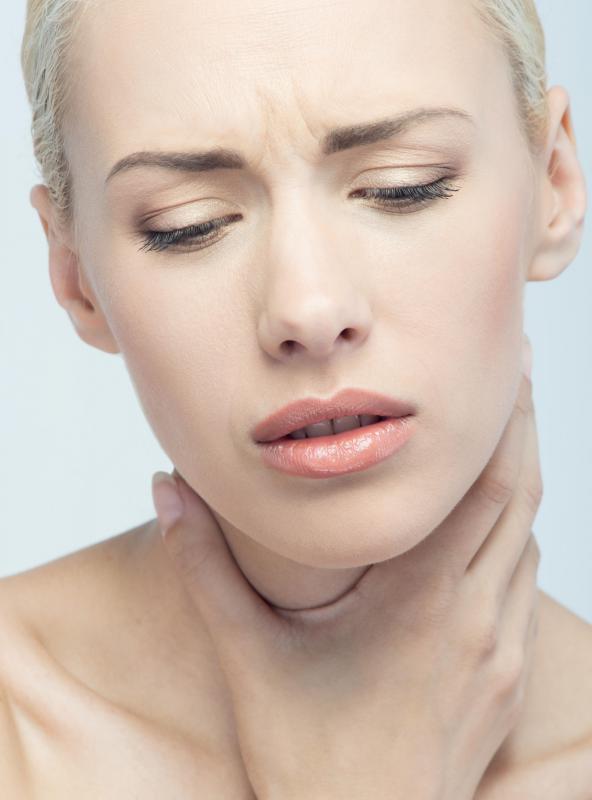At TheHealthBoard, we're committed to delivering accurate, trustworthy information. Our expert-authored content is rigorously fact-checked and sourced from credible authorities. Discover how we uphold the highest standards in providing you with reliable knowledge.
What is an Oxygen Tent?
An oxygen tent is a device that can be used when administering oxygen to a patient. The tent might extend over the body, the head and shoulders, or some devices cover only a part of the face. Typically, oxygen at higher than normal concentration is released inside the enclosure. This form of treatment is often prescribed in conditions where people have difficulty breathing. An oxygen tent can be used in either a hospital setting or outside a healthcare facility, and can be recommended for short- or long-term therapy.
Typically the tent is made of see-through plastic material. It can envelop the patient’s bed with the end sections held in place by a mattress to ensure that the tent is airtight. The enclosure often has a side opening with a zipper.

The tent is usually supplied oxygen from an oxygen source unit. The enclosed space is therefore richer in oxygen than normal air. The gas can be cooled or humidified. Often, the oxygen supply and temperature are monitored and regulated by control devices. An analyzer can be used to make sure that the prescribed level of oxygen is maintained in the tent.

A pediatric mist tent can be used to help deliver a cool mist of oxygen to a child with bronchitis. A fan circulates air and fine particles of water in the tent. At times an oxygen face tent of soft plastic may be fitted around the nose and mouth. This device could be a good alternative when treating children. Some find the face tent less suffocating than an oxygen mask.

The recommendation of a doctor is typically necessary to receive oxygen therapy. The physician indicates the oxygen concentration necessary for the patient, the optimal mode of delivery, and the rate of flow. Most often, a doctor assesses the therapy at intervals, monitors response to treatment, and looks for signs of any adverse reaction.
Oxygen therapy often benefits patients by providing more oxygen to their lungs and consequently to their tissues. Typically, the treatment raises the amount of oxygen in the blood, decreases load on the heart, and facilitates breathing. It can ease symptoms such as cough and dried up secretions that occur in respiratory conditions. Oxygen therapy might be advised for lung diseases, heart conditions, carbon monoxide poisoning, and could be administered to patients in case of surgery. A person with viral or bacterial meningitis who develops breathing difficulty might be kept in an oxygen tent.

Certain precautions are usually recommended when using an oxygen tent. One of the measures is to avoid opening the tent very often. If the tent is opened to attend to the patient, the edges need to be tucked back to prevent oxygen from seeping out. In general, it is advisable not to smoke or have any inflammable material within the vicinity of any oxygen apparatus. Using an electrical device inside an oxygen tent also could be hazardous.
AS FEATURED ON:
AS FEATURED ON:

















Discussion Comments
The first practical oxygen tent was invented by Doctor Benjamin Eliasoph in 1921 at The Mount Sinai Hospital, New York, with rubberized fabric (There were no usable plastics then) from the Goodyear Rubber Company, Aeronautical Division, widely known for the Goodyear Blimp.
Post your comments